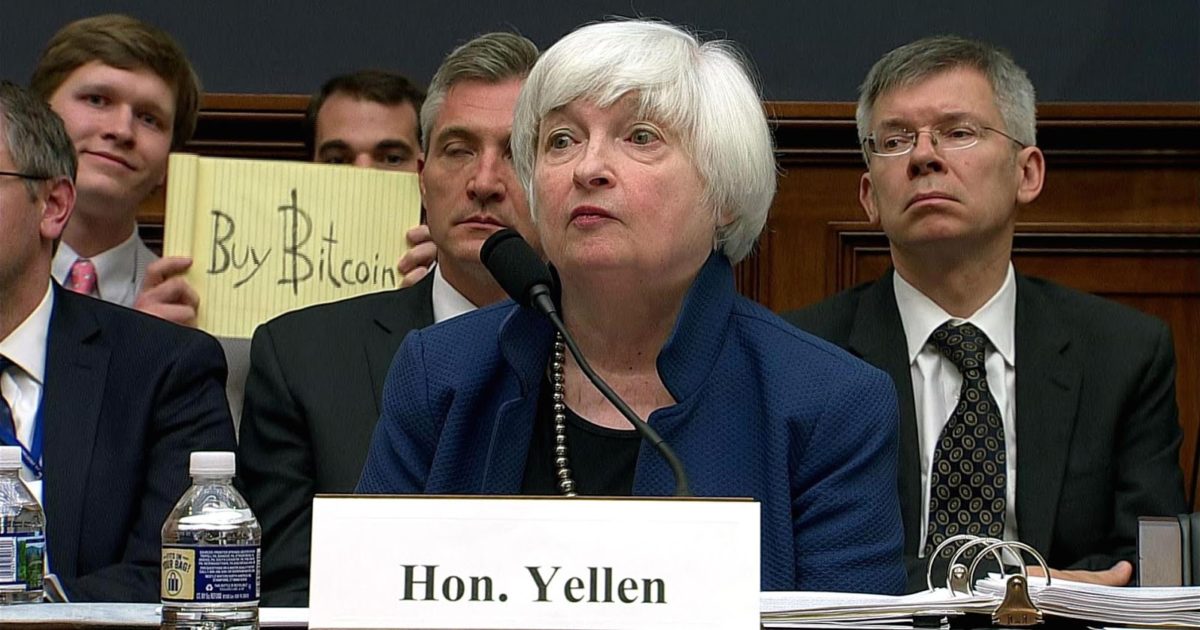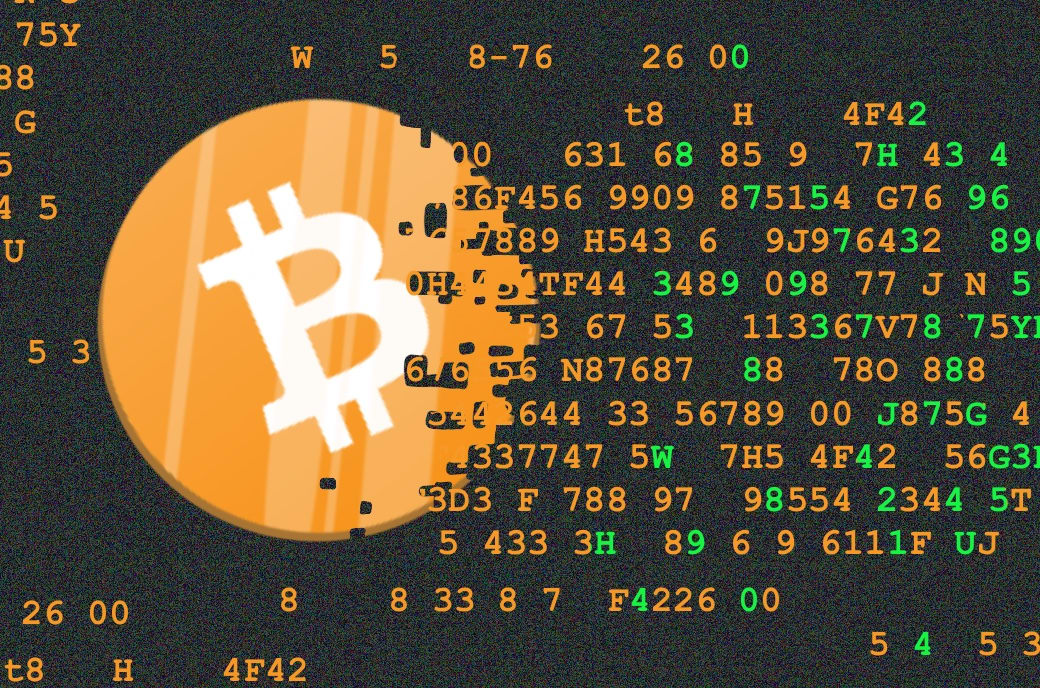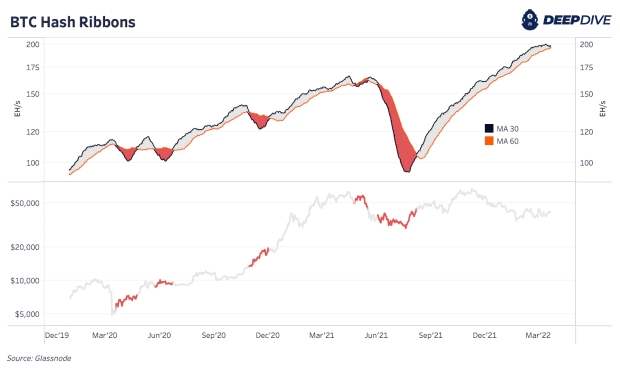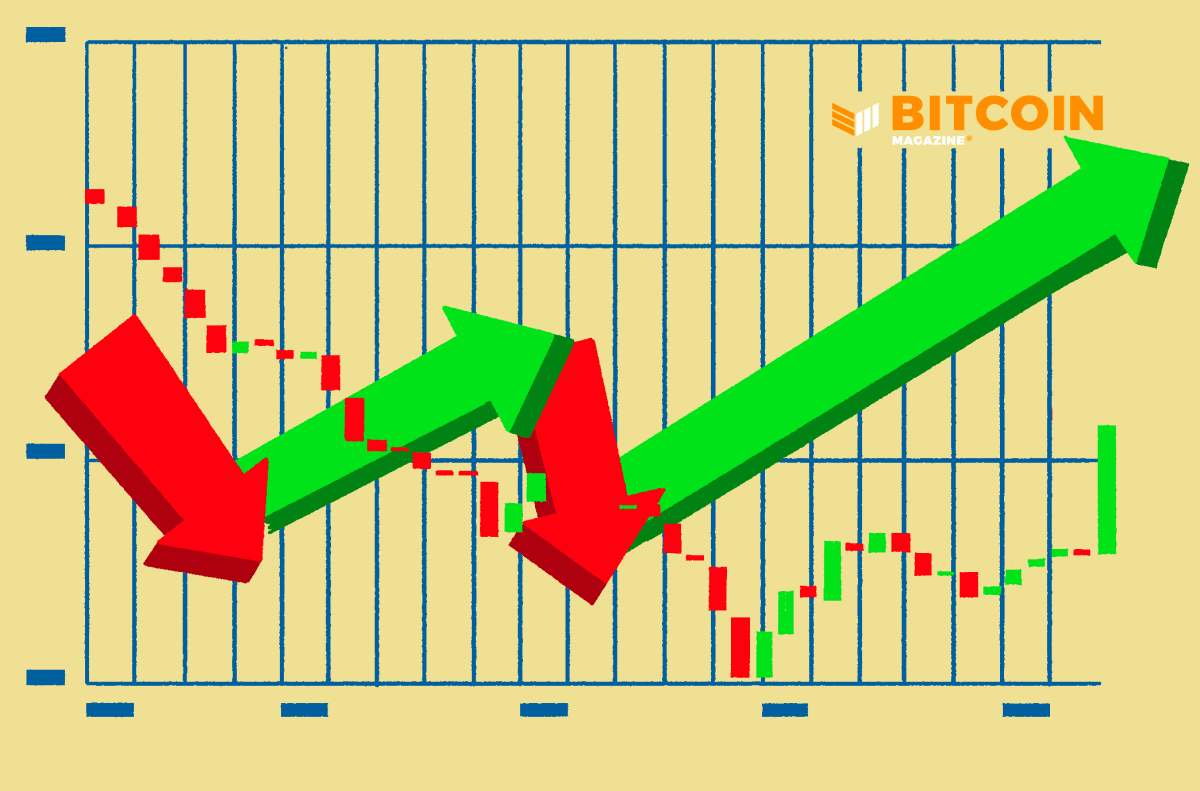Bitcoin Adoption Is The Start Of A Digital Revolution
The global adoption of bitcoin is only beginning as the world evolves toward a society based upon cryptographically secured money.

It’s remarkable how far we’ve come in only a little more than a decade. Since its launch in 2009 by the pseudonymous creator Satoshi Nakamoto, bitcoin, the world’s first and largest cryptocurrency by market capitalization and dominance, has seen astonishing rises in value. Taking a look back at when the digital asset saw its first significant price increase, going from trading at a few fractions of a cent to 0.08 cents and then to $1, no one could have predicted with absolute certainty that we would one day live in a world where the asset would have gained over 6 million percent. Well, it happened in only 12 years.
This astronomical growth gave birth to a whole new industry that has altered our perception of the financial world. It has also, just as expected, piqued the interest of millions of users worldwide. From nation-states to individuals, both private and publicly-owned companies and global financial institutions, these entities are either already invested and therefore now beneficiaries of this new monetary revolution, they are still on the sidelines thinking about how best to get involved, or just outrightly against the idea of this disruptive innovation, playing a blind eye to what it stands for, or just sadly oblivious of it.
The Pandemic Versus The Global Economy

2020 was an inflection point for the entire global financial market. The pandemic, as well as efforts by different countries to contain it, resulted in an unprecedented collapse of the global economy. In an attempt to salvage the situation, central banks lept into action, printing so much money that it further skewed the already unbalanced supply and demand relationship. That action laid bare what was already known, the fact that the monetary policies of most developed nations, and by extension the less developed ones, are tethered to a flawed system. After the markets crashed, it became clear that adverse measures had to be adopted if the world isn’t to end up in yet another recession. These measures had to be adopted at all levels, from the individual to the national, as well as at the corporate and institutional levels.
The cryptocurrency market wasn’t spared during the crash, of course. Devastating declines were experienced across the board. Bitcoin itself lost over 50% of its value in March 2021. But as a result of its intrinsically scarce nature, its recovery was unlike anything seen in modern times within the financial world. Over the space of eight months, Bitcoin was able to crawl and claw its way back up, breaking its previous all-time high of $20,000 reached at the peak of its 2017 bull run. And since then the price of the digital asset has been on an absolute tear, bulldozing its way through psychological levels of resistance, printing new all-time highs and defying all the fear, uncertainty and doubt thrown its way.
As expected, this parabolic rise in the value of the asset didn’t happen under the radar. Right before its steady climb, rumors and whispers of institutional interest in bitcoin began flooding the space, a lot of which was later confirmed by the institutions themselves. One such institution was MicroStrategy.
The Corporations Jump In

In August 2020, MicroStrategy — the largest independent, Nasdaq-listed, publicly-traded cloud-based business intelligence provider — announced the purchase of 21,454 bitcoin for a total purchase price of $250 million, including fees and expenses. The company deliberated for months before deciding on a capital allocation approach. CEO Michael J. Saylor, went ahead to state that some macro factors — along with the public health crisis caused by the pandemic — forced governments around the world to adopt financial stimulus measures like quantitative easing to mitigate the crisis. Despite their best intentions, these measures may well depreciate the long-term real value of fiat currencies and many other various asset classes, along with many of those traditionally held by corporate treasury operations.
The company’s bitcoin acquisitions didn’t stop at 21,454 bitcoin. Overall, MicroStrategy is said to hold a total of 114,042 bitcoin worth $6,966,574,887 based on the current price of the asset at the time of writing. Their total acquisition was purchased for $3.16 billion at an average price of $27,713 per bitcoin.
Following the announcement of MicroStrategy’s acquisitions, news broke that Ruffer, a UK-based wealth management firm, had followed suit. The financial firm invested 2.5 percent of its $27 billion portfolio into bitcoin in November 2020. But unlike MicroStrategy who still holds bitcoin to date, purchasing a few thousands more now and again, Ruffer’s game plan was different. They opted to take out their initial investment of $650 million in profit, and subsequently, when the price of bitcoin began showing signs of weakness just before the May 2020 crash, they sold their entire position, turning a $650 million investment into $1.1 billion in the process.
If that isn’t evidence of the market’s potential, it’d be difficult then to think of anything else that could be. The wealth management firm wasn’t the only non-crypto or blockchain-native company to demonstrate this. The Tesla case, despite having a different twist, still pushed that narrative. The American electric vehicle and renewable energy company revealed in February that it had purchased 42,902 bitcoin worth $1.5 billion. They also announced that “according to relevant regulations and initially on a limited basis,” they have begun making arrangements to accept bitcoin payments in return for their products. This news, as predicted, had a tremendous impact on the price of the digital asset, driving investors into a buying frenzy that drove the price up by more than 20% in just a few days that followed.
As the months ticked by and the price of bitcoin verged into the unsteady waters that marred the second quarter of 2021, the air was saturated with fear, uncertainty and doubt. Different countries had begun yet again putting up measures to stifle the growth of the bitcoin and the entire cryptocurrency market, pushing out exaggerated data and false narratives about the Bitcoin network’s energy consumption, claiming that Bitcoin miningis not good for the environment. In the midst of all that, it was reported that Tesla had sold its bitcoin position and would no longer accept the asset as payment for their products. However, Tesla CEO Elon Musk, tweeted in response to the heat he had been receiving from the cryptocurrency community, saying that “Tesla only sold ~10% of holdings to confirm BTC could be liquidated easily without moving the market. When there’s confirmation of reasonable (~50%) clean energy usage by miners with a positive future trend, Tesla will resume allowing bitcoin transactions.”
To date, the company still holds 42,000 bitcoin and is said to have no plans of selling.
The Change Of An Institutional Viewpoint
It is interesting to think about how things have changed though. A few years ago, a number of these corporations and institutions that are now hovering around bitcoin and some of the major altcoins, had a completely different opinion.
In 2017, analysts at Morgan Stanley, the American multinational investment bank, stated that “Bitcoin’s real value could be zero.” Fast-forward to 2021, Morgan Stanley became “the first big U.S. bank to offer its wealthy clients access to bitcoin funds.”
Also in 2017, Jamie Dimon, a long time to-date opponent of bitcoin and CEO of JPMorgan Chase & Co., another investment bank, was quoted as saying, “Bitcoin is a fraud that will blow up;” furthermore that, “cryptocurrency is only fit for use by drug dealers, murderers and people living in North Korea.” Fast forward yet again to 2021, two of the investment bank’s strategists Amy Ho and Joyce Chang wrote; “In a multi-asset portfolio, investors can likely add up to 1% of their allocation to cryptocurrencies in order to achieve any efficiency gain in the overall risk-adjusted returns of the portfolio.” Jamie Dimon himself, still unchanged in his view, recently stated that he still sees bitcoin as “worthless,” but “our clients are adults. They disagree. If they want to have access to buy or sell bitcoin, we can’t custody it — but we can give them legitimate, as clean as possible access.”
Goldman Sachs, yet another multinational investment bank, reopened their cryptocurrency trading desk, a little over a year after they listed five reasons “why bitcoin is ‘not an asset class’, nor ‘a suitable investment.’”
PayPal and Visa, the payment processing behemoths who have also in the past expressed their stances against bitcoin, calling it “ridiculous as a store of value” and “unacceptable as a payment system,” now both have completely different stands. PayPal now allows users to buy and sell bitcoin as well as a few other cryptocurrencies on their platform, while Visa is working on enabling bitcoin purchasing on theirs. A complete 180-degree turn from where they both were years ago. An interesting turn of events by all standards, no?
There are currently a few arguments floating around on this topic: Some schools of thought will argue that without the corporations and institutions, the entire bitcoin and cryptocurrency network won’t reach its full potential, and that mainstream adoption is vital for its continued growth, seeing as the corporations have the ability inject so much capital into the networks.
Data has it that the Global Asset Management industry holds $103 trillion as AUM (assets under management). Retail portfolios, representing 41% of global assets at $42 trillion and institutional investments amounting to $61 trillion, or 59%.
From the data gathered, if the global institutions were to adopt the 1% portfolio allocation model to bitcoin as suggested by JPMorgan Chase & Co., this would mean an additional $1.03 trillion would flow into bitcoin, which already has a $1.15 trillion market capitalization. That would probably see the price of the digital asset shoot towards the $120,000 range. So is there a valid point in that argument?
Another argument is that these corporations and institutions are only getting into bitcoin and other cryptocurrencies — not because they support the growth of the networks nor have beliefs in the blockchain technology, decentralization and its impact on the future — but that they are all capitalists who will sell as soon as they make a profit, much like Ruffer did. If we are being completely honest, who isn’t in it for the profit? Though most of the participants in the cryptocurrency space can boldly say that they are in it for a whole lot more. However, there’s no doubt that wealth creation and preservation remains an underlying incentive. The increase in institutional interest and involvement within the space will inherently bring some form of stability reducing the wild price volatility that the digital asset market has been known for. The market will certainly have a whole lot more liquidity. It all makes for a bit of a conundrum because the lack of liquidity in the market is one of the reasons why institutions aren’t jumping in mass just yet.
“The crypto asset class is relatively still too small, illiquid and lacking depth to absorb large pension funds like institutional investments that would otherwise move the markets,” – Amber Ghaddar, cofounder of decentralized capital marketplace AllianceBlock.
The third argument is that for the institutions to be committed fully to allocating portions of their portfolio into bitcoin or other digital assets, regulatory clarity has to be achieved within the space. Institutions operate within certain regulatory frameworks, that’s a known fact. Bitcoin and other cryptocurrencies are largely unregulated. The philosophy behind the creation of bitcoin in the first place has decentralization at its core, which makes it a bit of a nightmare for regulators.
My Thoughts
It is as clear as a bright, sunny day that regulators worldwide have bitcoin and the entire cryptocurrency market in their crosshairs. Why has it now become a thing after over a decade of being in existence? Is it because the entire space has now garnered so much popularity that it can no longer be ignored? Or is it because the regulators are only just starting to figure out how to peek through the multiple complex layers of this otherwise nascent financial innovation? Of these two scenarios, the first can certainly be considered valid to some extent. But the second scenario, if the regulators only just started scrambling to try and regulate the space because they think they have figured it out, then it probably means they haven’t.
Bitcoin was designed to self-regulate and preserve. Embedded within the codes of the protocol are set rules and mechanisms put in place to enforce any and all needed regulations, from supply schedules to security. Its adherence to these rules is pertinent to the network’s existence, buttressing the earlier mentioned self-regulatory and preservative point. There is a reason why it is considered a “trustless” payment network after alI, no?
Now the argument that institutional adoption is required for bitcoin to attain its status as the hardest, most sound form of money, as well as a store of value is false, to say the least. The Bitcoin network was meticulously designed to be self-sustaining and its native currency transacted peer-to-peer by individuals who freely opted into its usage. As the number of users grows, so will its security, and as a result its value. With all that said, for lack of a better way to put these next few words, it’s a “if you can’t beat them, join them, or just leave them alone” thing.
This is a guest post by Emeka Ugbah. Opinions expressed are entirely their own and do not necessarily reflect those of BTC Inc or Bitcoin Magazine.









